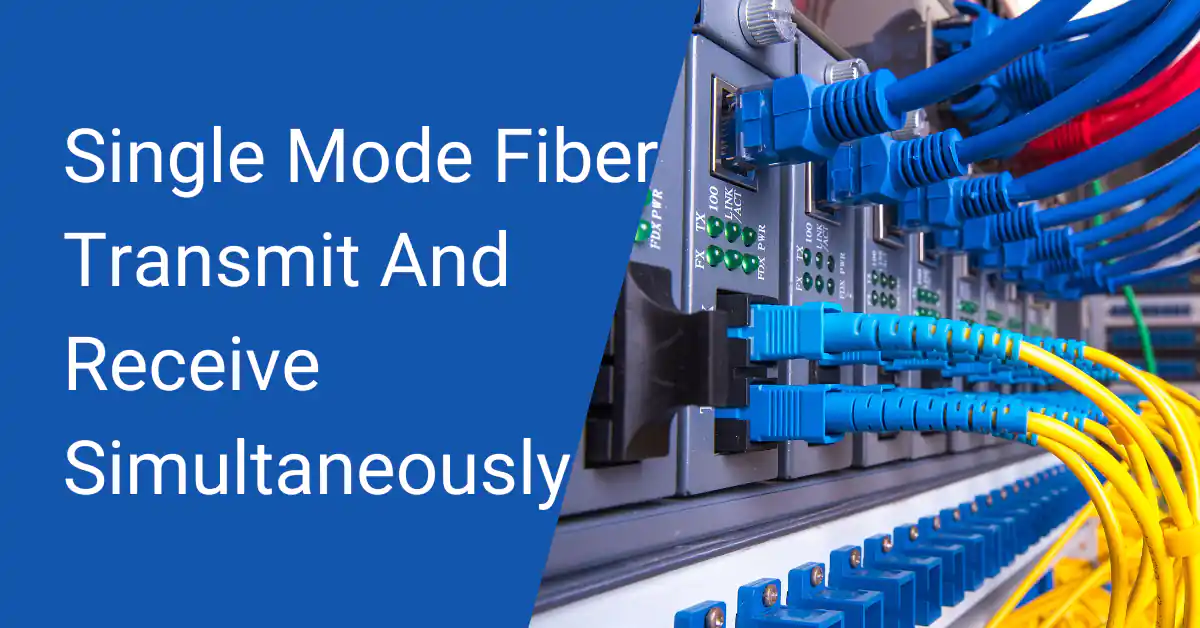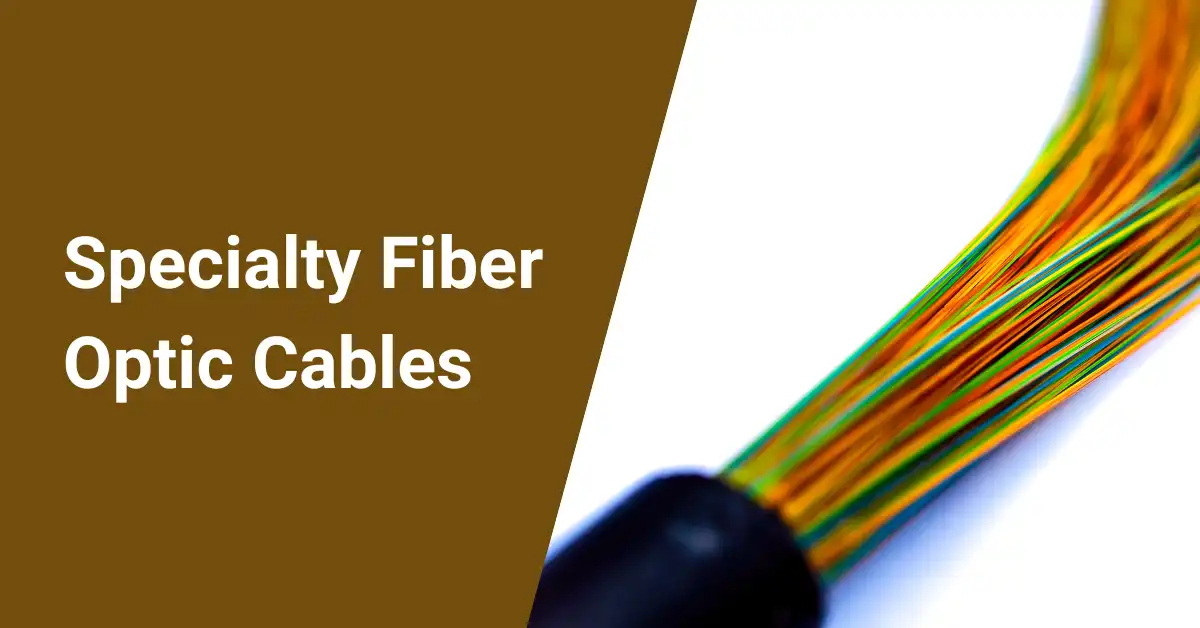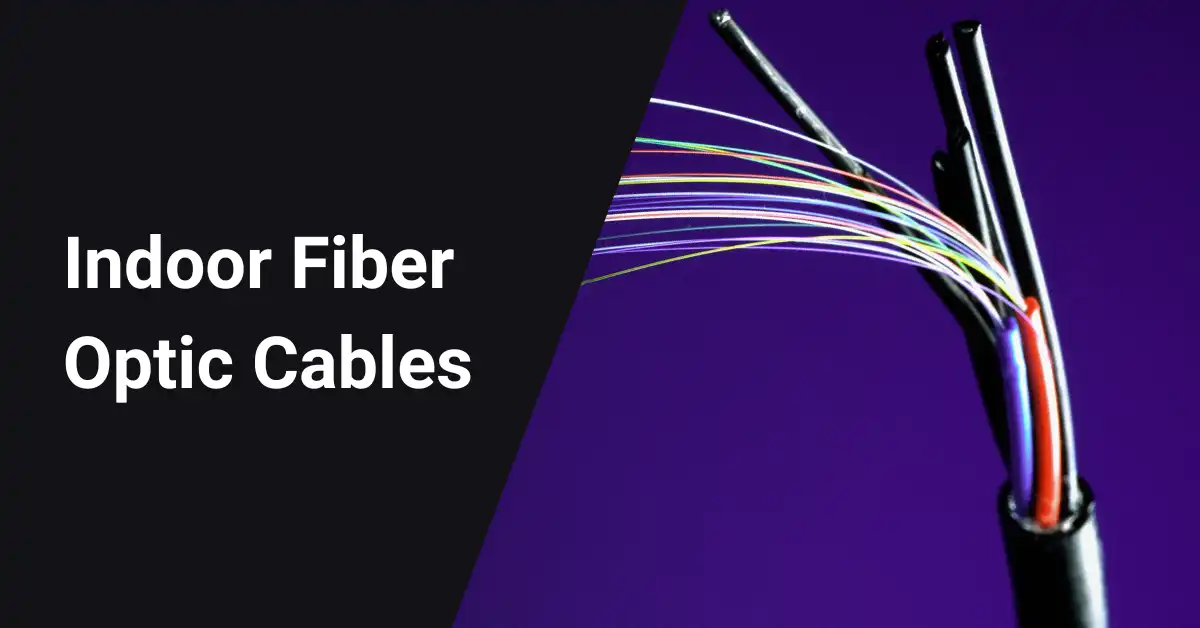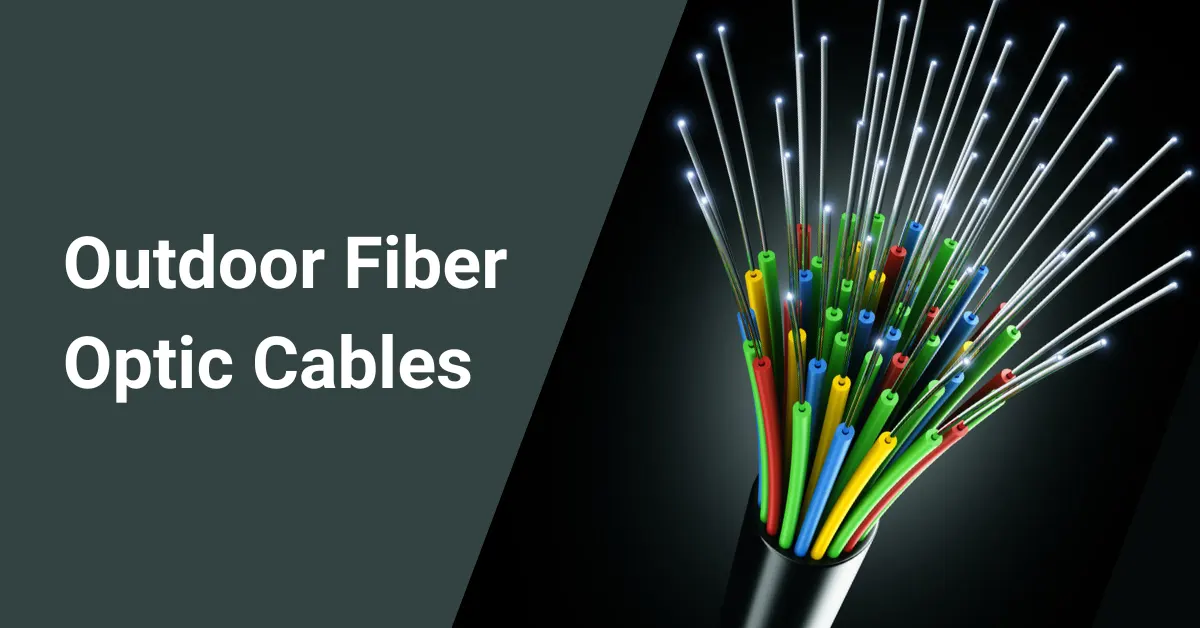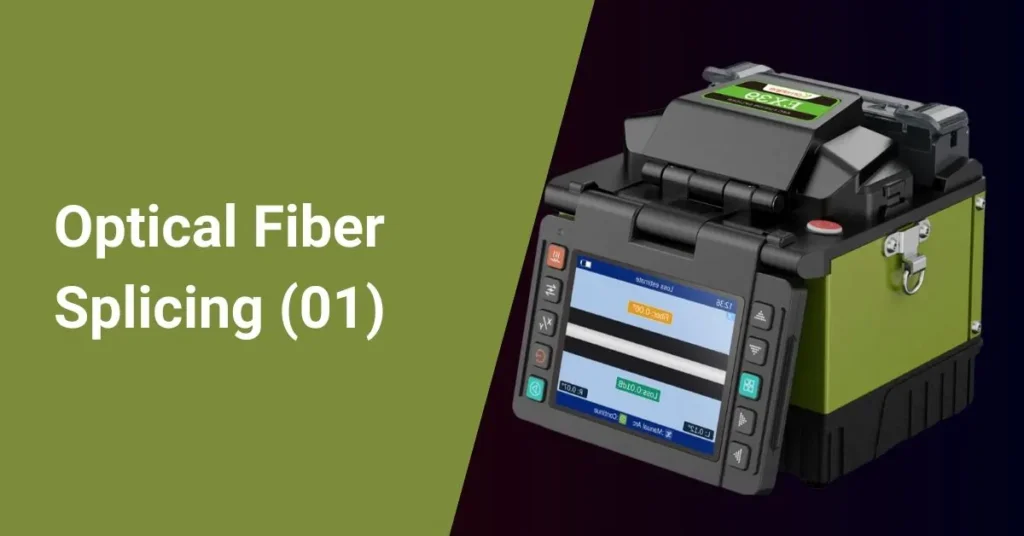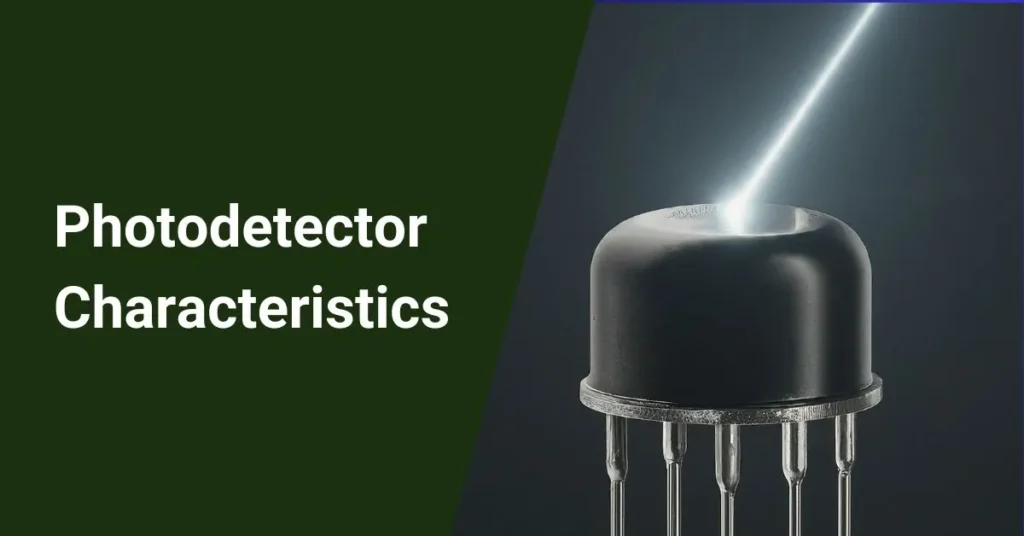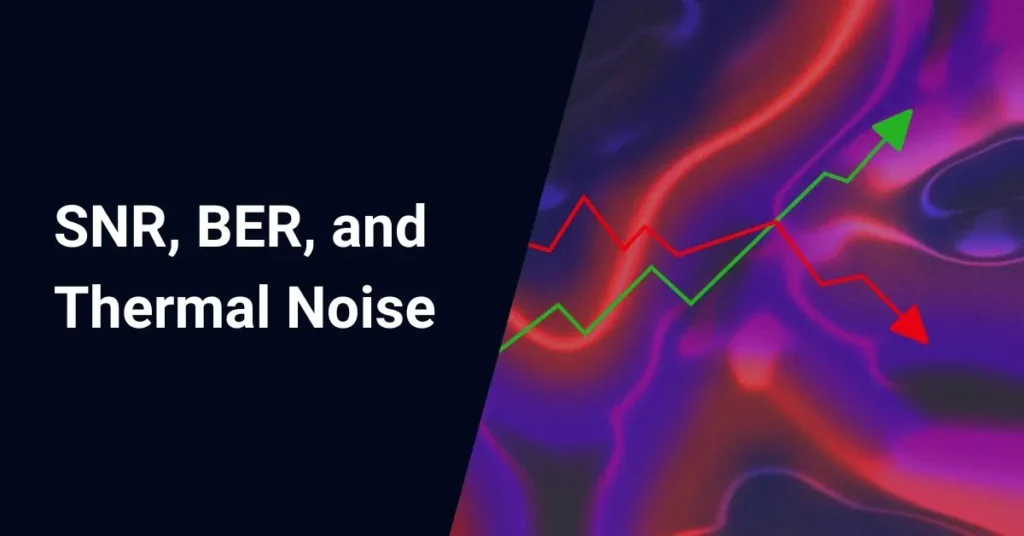Fiber optic cabling has completely changed how we transmit and receive data, audio, and video signals over long distances. The Single-mode fiber is an incredibly intricate and complex fiber optic cabling widely used in telecommunications, data centers, and other high-tech industries.
One of the questions many people ask is whether single-mode fiber can transmit and receive data simultaneously. In this article, let’s explore the answer to this question in detail.
The single-mode optical fiber is designed and engineered to carry one single light mode in a minimal core diameter. This type of fiber is used for transmitting signals over long distances. It is specified as the best for especially long-distance applications than multimode fiber. Due to its excellent bandwidth capabilities, the single-mode fiber can transmit signals over a longer distance.
Table of Contents
Can Single-Mode Fiber Transmit and Receive Simultaneously?
Yes, single-mode fiber can transmit and receive data simultaneously. There are two ways to achieve this.
Using Different Wavelengths
This method uses different wavelengths in each direction to send and receive data. We use wavelength division multiplexers (WDM Transceivers) to use this method. The transmitter in one direction uses a different wavelength than the receiver in the opposite direction.
The WDM Transceiver separates the two wavelengths, allowing the signals to be transmitted and received simultaneously.
This method uses wavelength filters to prevent back-reflected signals from the transmitter to its receiver.
WDM Transceivers (BiDi transceivers)
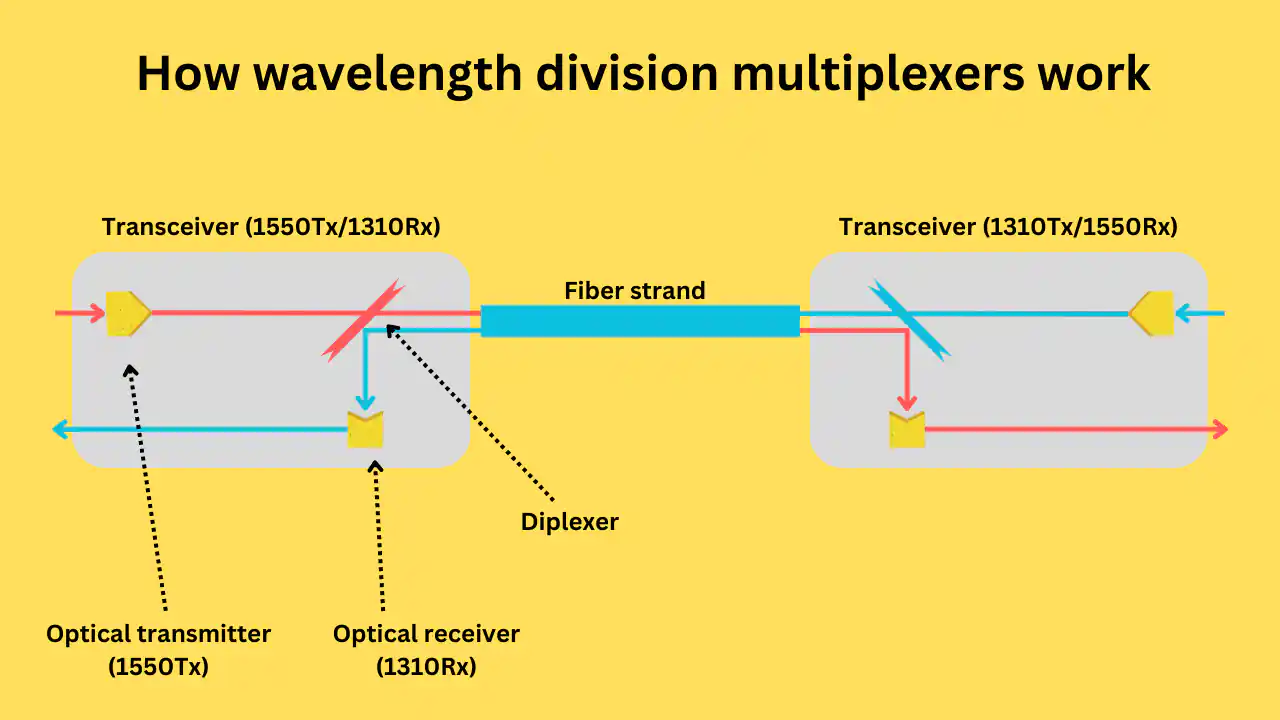
- WDM Transceivers is an optical transceiver module designed based on WDM bi-directional transmission technology.
- It has only one optical port, which uses an integral WDM coupler to transmit and receive signals over a single-strand fiber.
- It is used in pairs, and the matching module should have a receiving wavelength of the transmitted wavelength of the first module and vice versa.
- BiDi SFP optics are common, while a few vendors only supply BiDi 10Gbase SFP+ optics and 40Gbase QSFP optics.
Using the Same Wavelength
This method uses the same wavelength in both directions, and a power coupler is used. The power coupler combines the signals in both directions, allowing them to be transmitted and received simultaneously.
This method is planned so that the back-reflected light is closer to the noise floor than the incoming signal from the other side.
We can improve the quality of the transmission signal and the impact of the original signal by keeping the reflected light close to the noise floor level.
Fiber Optic Couplers
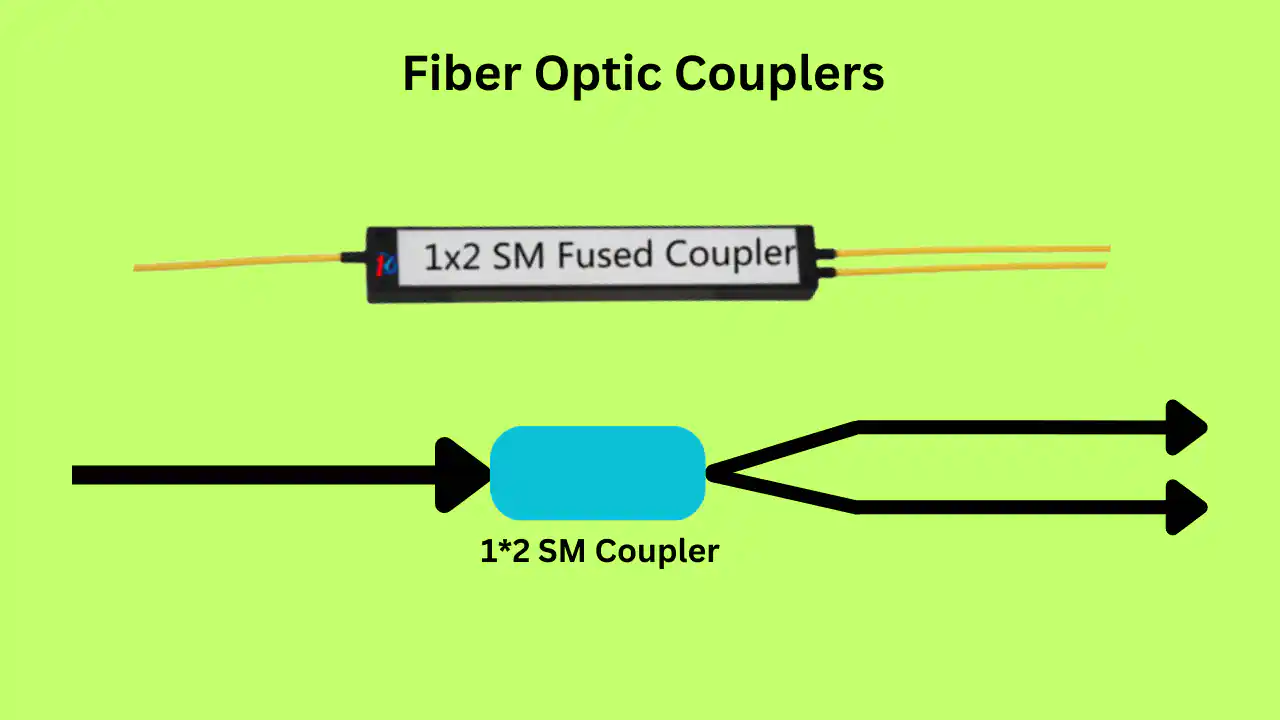
Fiber optic couplers are used to split input signals into multiple outputs (splitters) or combine multiple inputs into a single output (combiners).
Optical signals are more complex than electrical signals, making optical couplers trickier to design than their electrical counterparts.
An optical signal comprises a flow of signal carriers, in this case, photons, which do not flow through the receiver to the ground. Instead, at the receiver, a detector absorbs the signal flow.
Multiple parallel optical output ports must divide the signal between the ports, reducing its magnitude. The number of input and output ports expressed as an N x M configuration characterizes a coupler.
Fused couplers can be made in any configuration, but they commonly use multiples of two (2 x 2, 4 x 4, 8 x 8, etc.).
The ratios: 50/50, 40/60, 30/70, 20/80, 10/90, 5/95, 3/97, 2/98, 1/99 are commonly used in fiber optic couplers.
Pros and cons of single-mode fiber for sending and receiving data
The single-mode fiber solution is catching on! It’s being used in all communication systems, like optical transport networks, access networks, wireless backhaul networks, and private transmission networks. It’s making everything more efficient and saving lots of money.
Using single-mode fiber can double the capacity of the fiber by transmitting and receiving on a single strand at more than one wavelength. That’s pretty awesome!
But if you use the traditional method of transmitting and receiving on separate fibers, you can only use half the amount of communication lines.
Single-mode fiber is also more reliable because the network has fewer connections or endpoints. Customers can even choose to use a single fiber to decrease redundancy in the network. And the cost savings are significant, too!
Using single fiber can reduce the amount of fiber optic cabling, labor, and materials involved in terminating endpoints. This reduces overall labor costs, and construction costs are avoided since you’re increasing the capacity of existing fiber instead of installing additional fiber.
However, there are some limitations to single-mode fiber. You can’t transmit the same range or distance as dual fiber. The types of transceiver optics available for single fiber are limited and more expensive.
So, even though the single-fiber transmission has many benefits, it can’t fully replace dual-fiber transmission yet. So, be aware of the limitations before you decide to use them.
Summary
Single-mode fiber enables simultaneous bidirectional transmission through two primary methods. Wavelength division multiplexing discriminates directions by assigning differing wavelengths for each, while fiber optic couplers combine signals of a shared wavelength by keeping back reflected light near the noise floor.
WDM transceivers house wavelength filters and transmit/receive at partner transceiver frequencies over single strands. Couplers proportionally split incidence between parallel outputs.
Although single-fiber networking halves require cable and halves endpoints, transmitted distances shorten versus dual-fiber arrangements. Transceiver availability remains limited, and costs are higher.
Overall, single-mode fiber doubles capacity utilization through wavelength multiplexing while cutting construction outlays from materials and labor consolidation.
Some performance trade-offs exist, but substantial benefits motivate continued implementation across telecom, wireless, and enterprise applications seeking heightened throughput proficiency.
FAQ
Can single-mode fiber be bidirectional?
Yes, single-mode fiber can support full-duplex communication. Full-duplex communication means data can be transmitted and received simultaneously in both directions over a single fiber optic cable. This is achieved by using different wavelengths of light for the transmit and receive directions, which are separated by a wavelength division multiplexer (WDM).
Is single-mode fiber simplex or duplex?
Single-mode fiber can be either simplex or duplex. Simplex fiber optic cable uses only a single fiber strand for one-way transmission, while duplex fiber optic cable uses a pair of fibers for bi-directional transmission. In the case of single-mode fiber, a single strand of fiber can be used for bi-directional transmission by using different wavelengths for the transmit and receive directions, which are separated by a wavelength division multiplexer (WDM).
How far can single-mode fiber transmit?
The maximum transmission distance of single-mode fiber depends on several factors, including the fiber’s attenuation, the wavelength of the light used, and the quality of the components used in the transmission system. Typically, the maximum transmission distance of single-mode fiber is around 10 km to 40 km, depending on the specific application and the quality of the fiber.
Can you mix SM and MM fiber?
Mixing single-mode and multimode fiber is not recommended as they have different core diameters, resulting in a significant loss of light when connected. Multimode fiber has a larger core diameter, while single-mode fiber has a smaller one. When two fibers with different core diameters are connected, much of the light going through the connector is lost, resulting in a link flapping or being down.
How do I know if my SFP is single mode or multimode?
To determine if an SFP is single-mode or multimode, you can look for markings on the SFP module or check the specifications provided by the manufacturer. The color of the bale clasp on the SFP module can also provide a clue to the type of fiber, with a black color-coded bale clasp designating a multimode SFP.


